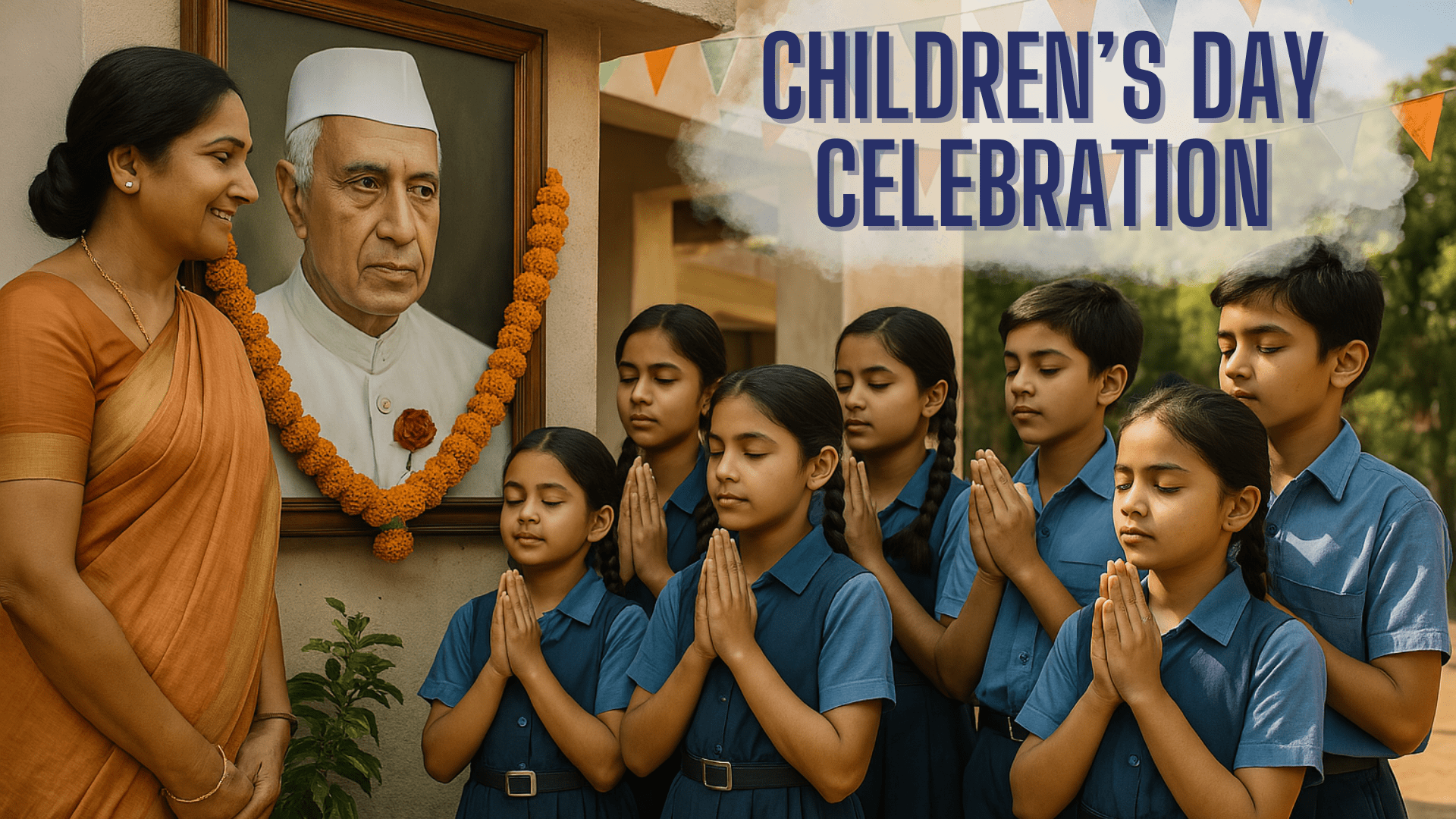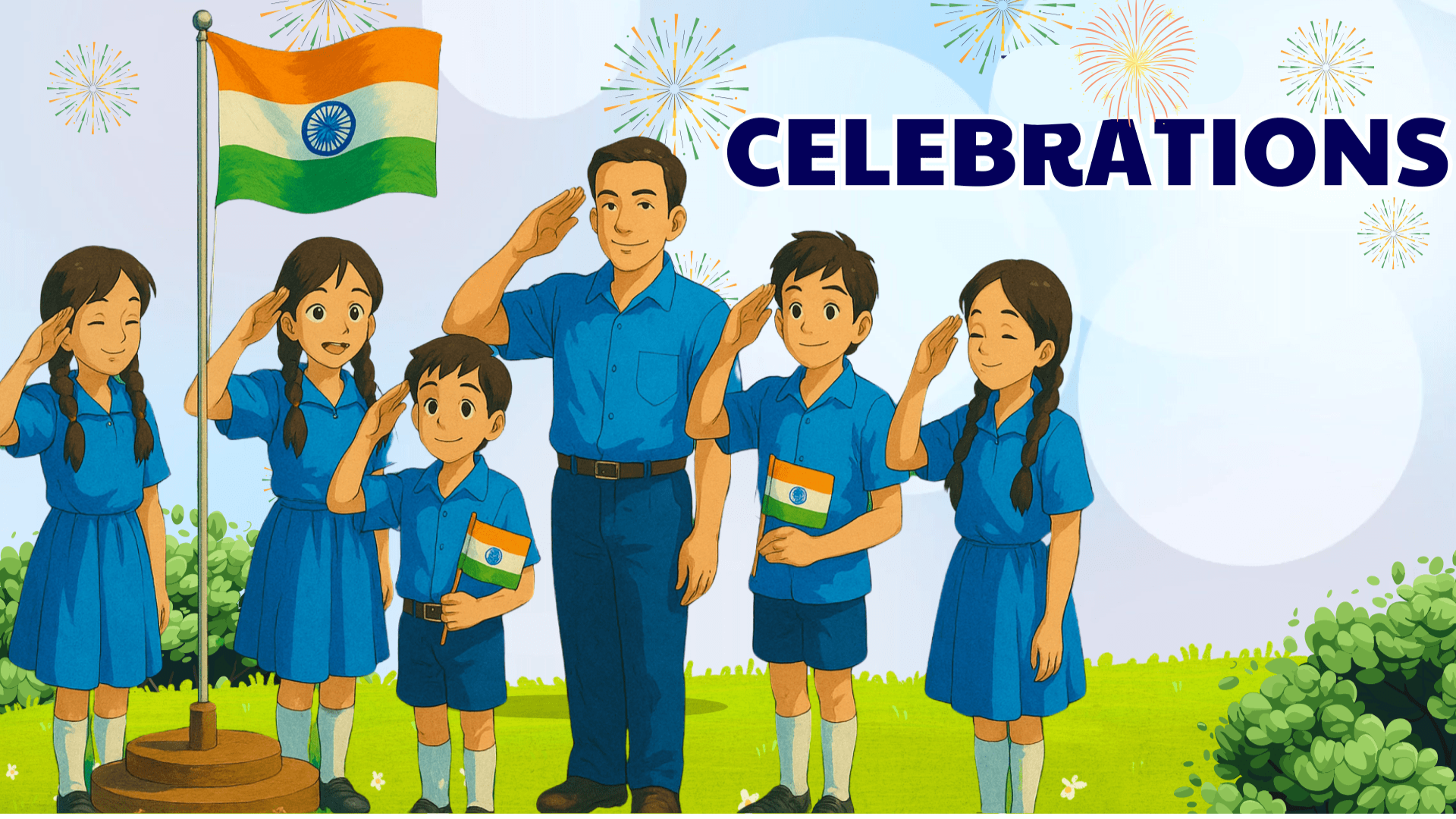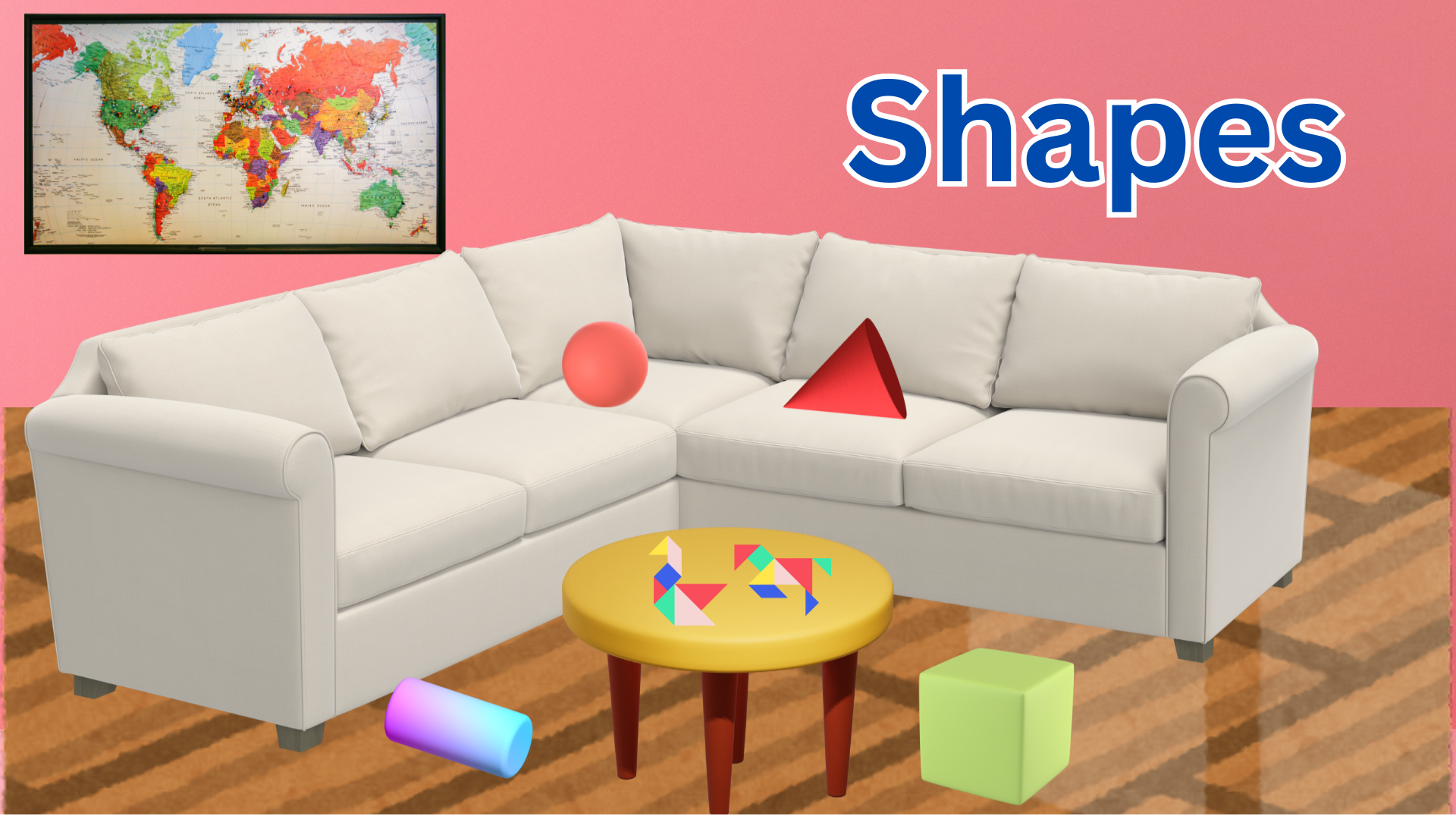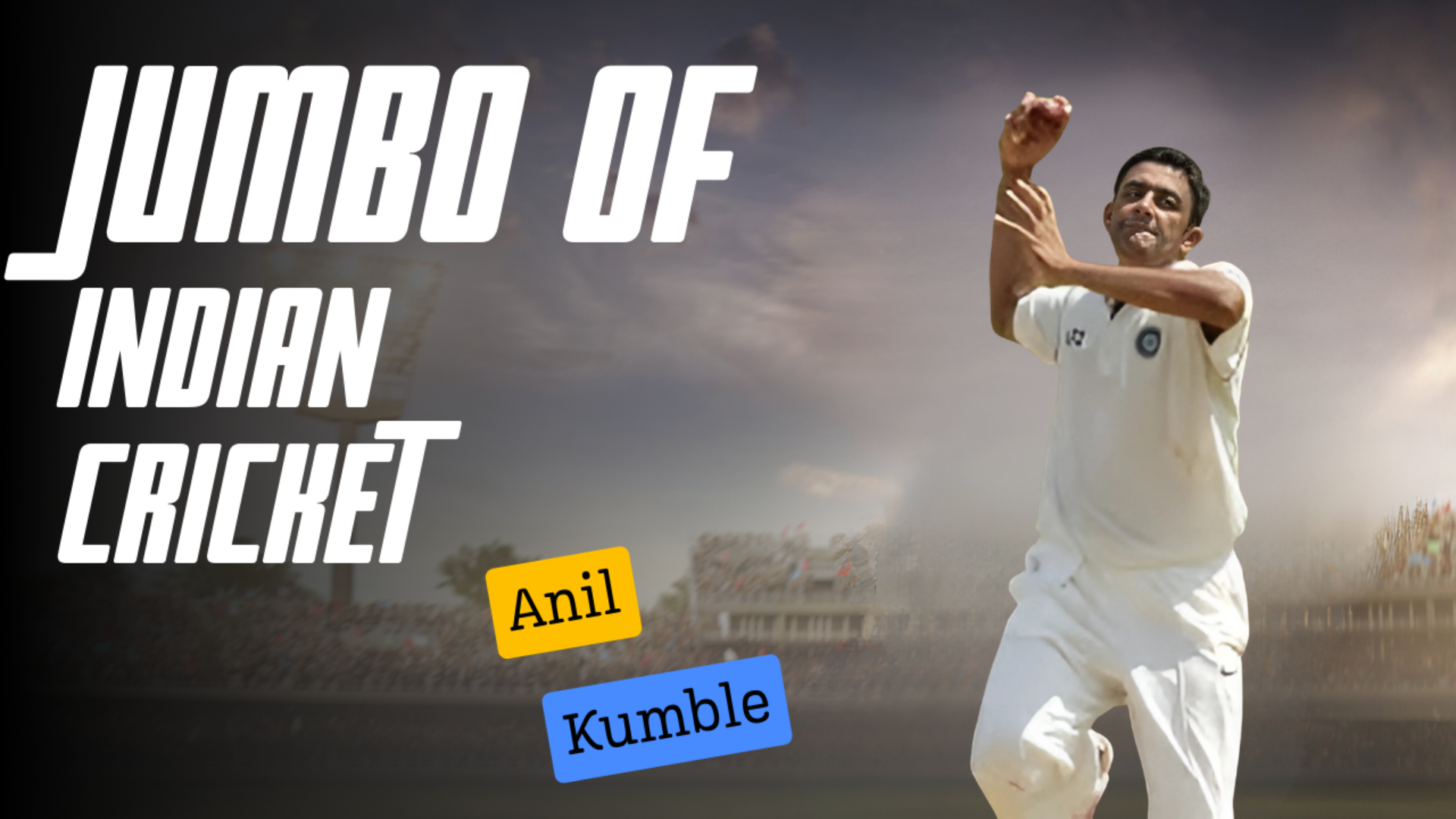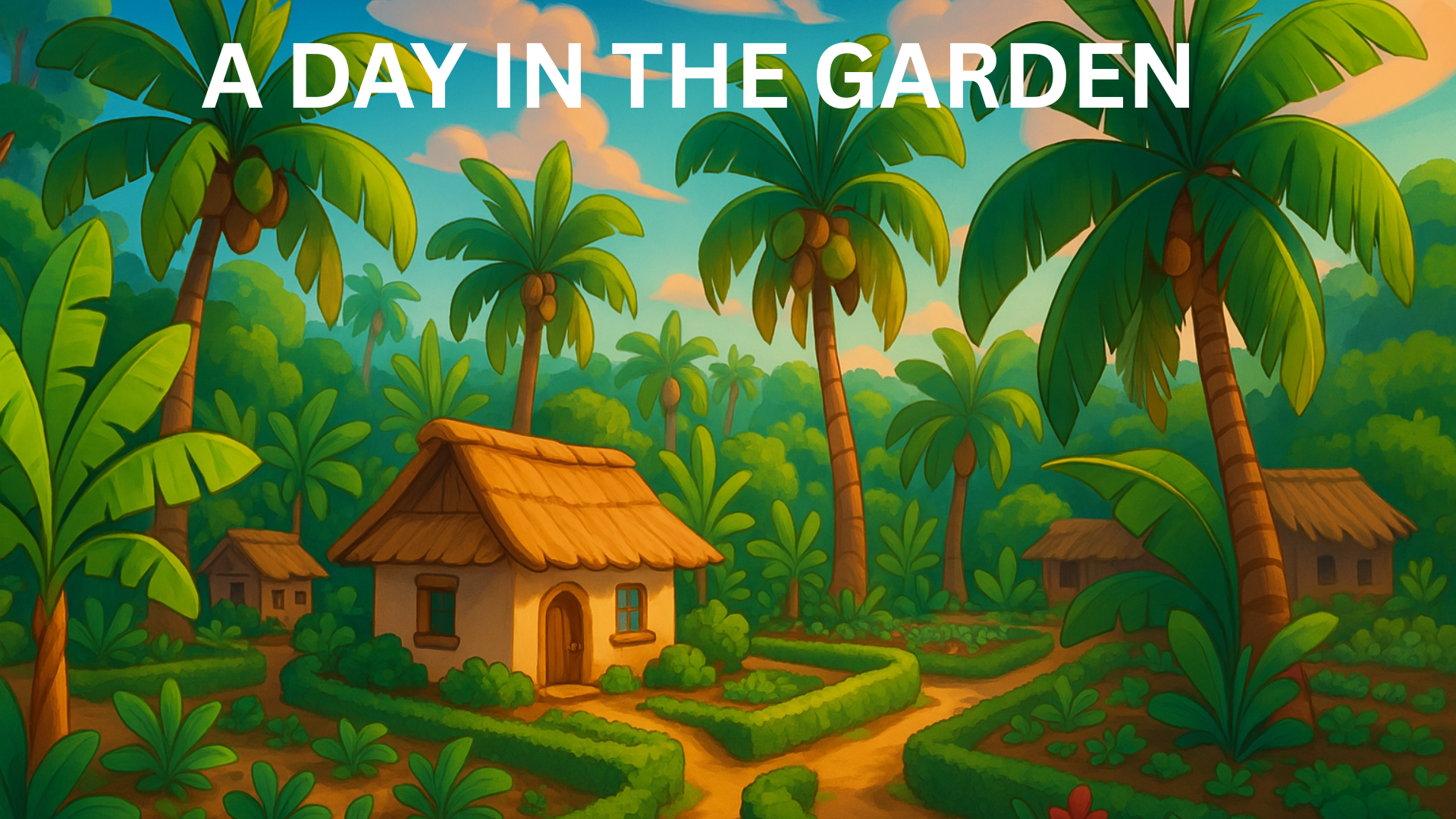Children’s Day Celebration
Hello, my dear little stars! Do you know there’s one day every year that’s all about you? Yes, you heard me right — it’s called Children’s Day, and it’s one of the happiest days in school! Why do we celebrate Children’s Day? Every year in India, Children’s Day is celebrated on November 14th. Do you want to know why this date is so important? Well, November 14th is the birthday of Pandit Jawaharlal Nehru, the very first Prime Minister of India. But he wasn’t just a great leader — he had a very big heart for children. He loved spending time with kids, listening to them, and watching them play. Children loved him so much that they started calling him Chacha Nehru or Chachaji — isn’t that sweet? Nehru and His Love for Children Chacha Nehru believed children are like buds in a garden — small, beautiful, and full of promise. Just like a gardener carefully takes care of flowers, he felt that children should be nurtured with love, care, and education. He once said, Children are the future of the nation.That means YOU are the future — the ones who will grow up and make the world a better place. Isn’t that amazing? How do we celebrate Children’s Day? Now, this is the fun part! In many schools, children don’t have to do anything but enjoy — yes, really! Why is it so special? Because it reminds everyone — parents, teachers, and leaders — how important you are. It tells the world that children need to be loved, protected, and given the chance to grow strong and smart. So remember, Children’s Day is not just about fun. It’s also a day to celebrate who you are — bright, beautiful, and full of possibilities! FAQs Q: Who was Pandit Jawaharlal Nehru? A: He was India’s first Prime Minister and was lovingly called Chacha Nehru because of his love for children. Q: Why do we celebrate Children’s Day on November 14th? A: It’s Chacha Nehru’s birthday, and we celebrate it to honor his love for children. Q: What does ‘nurture’ mean? A: It means to take good care of someone so they grow healthy and happy — just like we care for plants, we should care for children! Q: What are some fun things we do on Children’s Day? A: We enjoy cultural programs, games, sweets, music, and sometimes even gifts from our teachers and parents. Q: Why are children called the “future of the nation”? A: Because you’ll grow up to become tomorrow’s doctors, teachers, leaders, artists — everything! The future depends on you. Take assessment: 1. Oral Comprehension Questions (Ask during or after reading aloud) 2. Fill in the Blanks A B Children’s Day November 14 Jawaharlal Nehru First Prime Minister Chacha Nehru Loved children Children Future of the nation 4. Rearrange the Words to Make Sentences 5. Answer the Following Questions (For short written answers) 6. Vocabulary Based a. Word Meanings – Match or fill in b. Plural Formation 7. Letter Fill-ins (for phonics/spelling practice) 8. Jumbled Letter Words 9. True or False Statements 10. Speaking/Oral Questions (Interactive Assessment) 11. Short Sentence Writing 12. Creative Expression 13. Listening Activity Teacher reads out: Nehru was born on November 14.Then asks: 14. Calendar & Festival Identification

